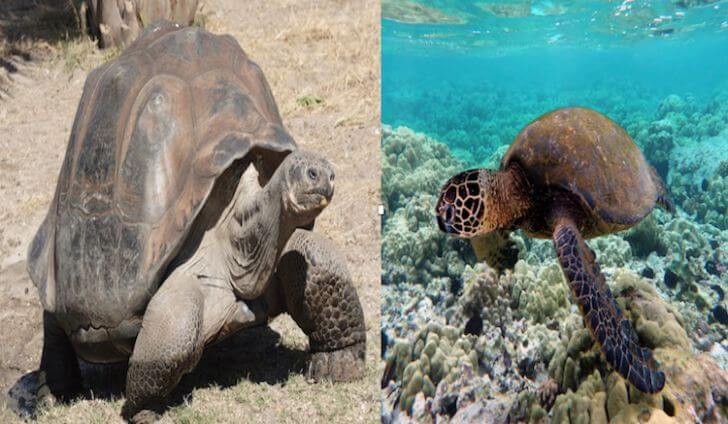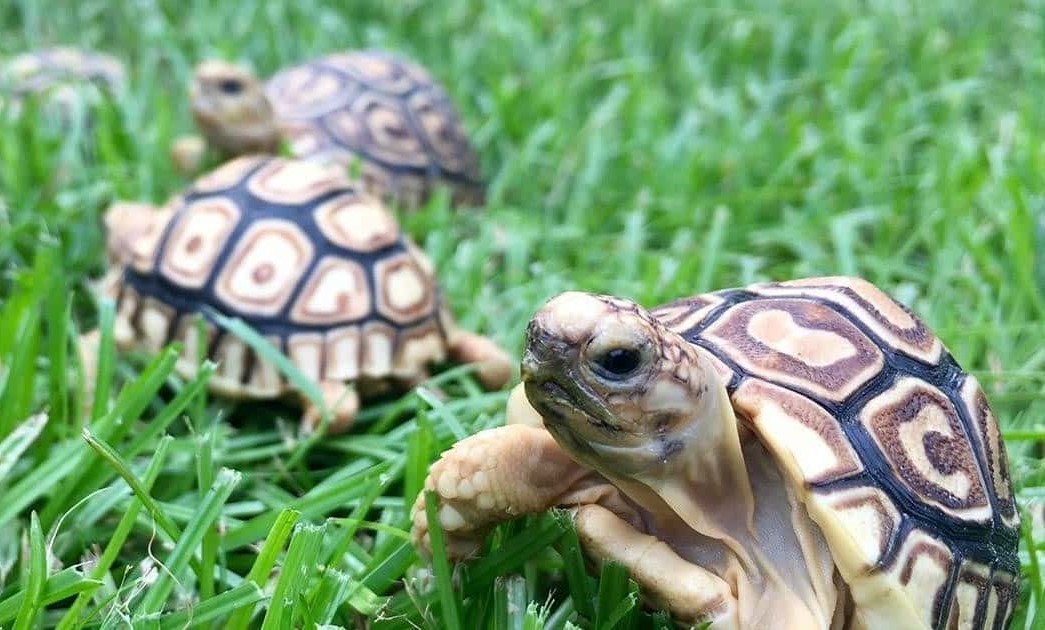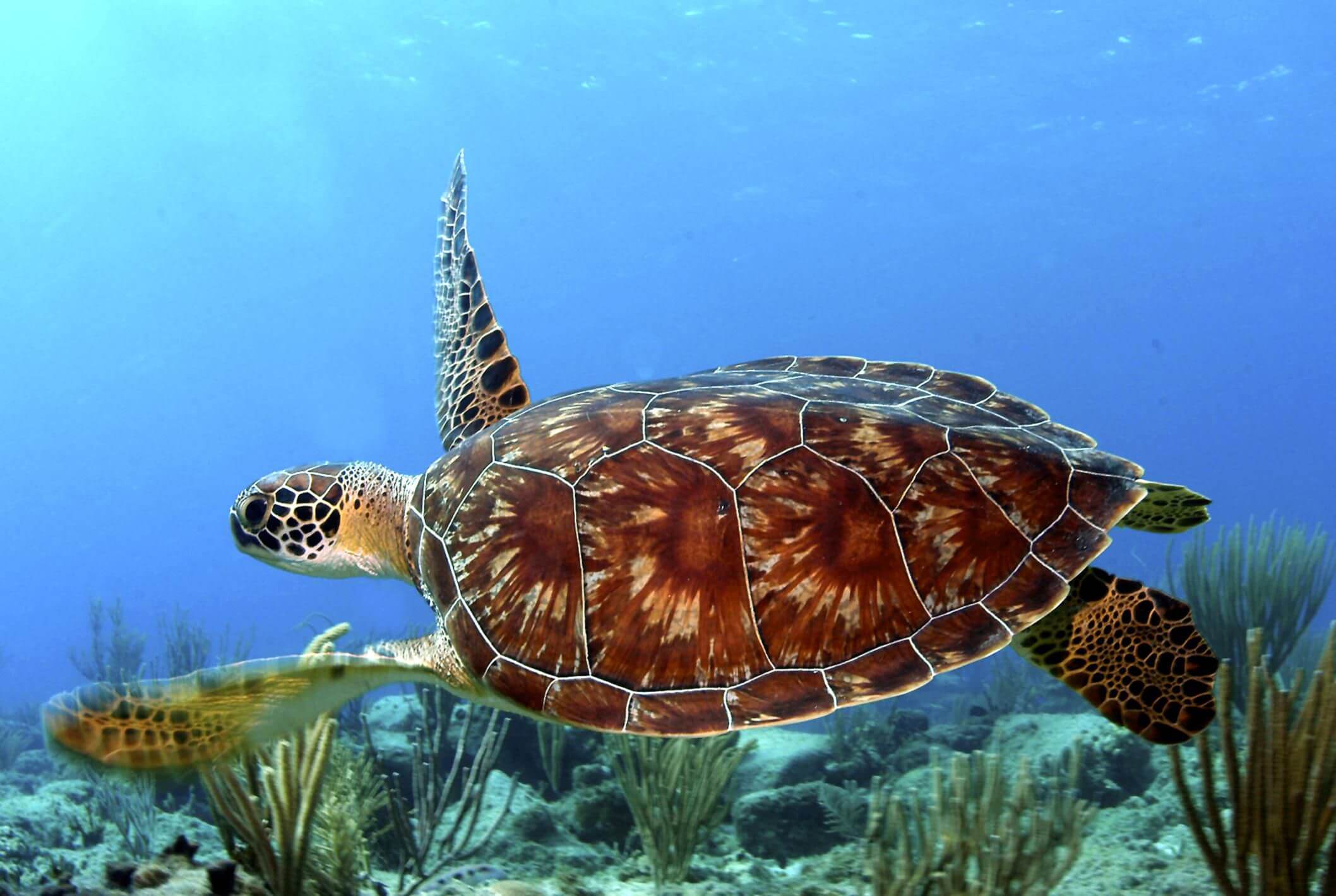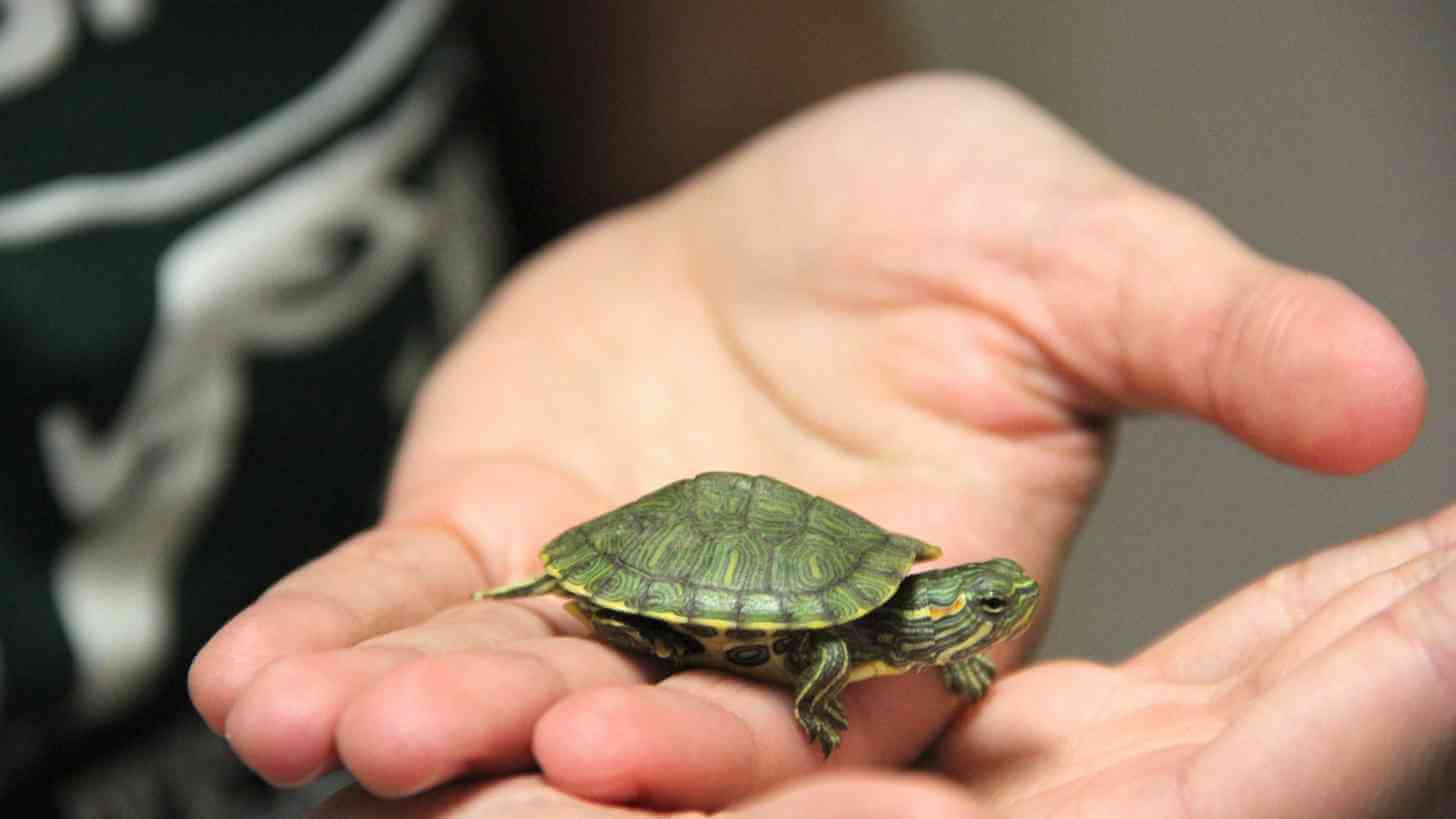
There are many Difference Between Turtle And Tortoise but they both are reptiles who are descendants from the order of Testudines but in the different classification of families. The major difference between them is that tortoises dwell on the land, while turtles actually live in the water some or nearly all of the time.

The bodies of tortoises and turtles are both shield by a hard and tough shell. The upper part of which is call the carapace, with the lower portion is call the plastron. The carapace and the plastron are attach by a bridge-like structure, which means that though the head and limbs of a turtle. Tortoise might be withdrawn from the shell and thus the whole body can never be totally ever detach from it.
Here is the difference between turtle and tortoise
1. Differences In Habitat

Turtles live a few or more often than not in the water, while tortoises live ashore. The two turtles and tortoises lay eggs on the ground. The mother will burrow a tunnel and lay two to twelve eggs there. The future hatchlings will remain inside the egg for 90 to 120 days, brooding individually. When the brooding procedure is finish, they burrow their way to the surface. Tortoise moms give insurance to the hatchlings to around 80 days, after which they get by alone, yet turtle hatchlings are without anyone else from birth.
2. Differences In Physical Characteristics

Turtles have level shells and turtles cannot survive without their shell and web feet with long hooks. A tortoise has an arch mould shell and short and durable feet. Its legs are twist as oppose to being straight and straightforwardly under the body. A turtle has a level, streamline shell and appendages that are very like a tortoise’s, however, the turtle’s feet are web and have long paws which give a decent hold after gliding logs and help the reptile climb onto riverbanks. A few turtles may even have flippers, similar to the case for the pig-nose turtle.
3. Tortoise Versus Turtle Shell

The shells that spread the body of these reptiles are critical as they give analysts a reasonable thought of how these reptiles live. As turtles, for the most part, want to live in water, the shell of a turtle is level and streamline to help in swimming and plunging, while the shell of a tortoise, which lives ashore, is fairly substantial and arch form to give security from predators. Likewise, the shell of a tortoise is very substantial when contrast with a turtle’s shell, which is lighter to abstain from sinking and to build swimming pace.
4. Differences In Diet

Most land-base tortoises are herbivores while turtles can be the two herbivores and carnivores. The eggs from a turtle are fairly delicate and cowhide like, like the eggs create by different reptiles. Turtle hatchlings remain in their home alone for 90-120 days. Female tortoises dive tunnels in which they lay somewhere in the range of 2 to 12 eggs. Hatchlings take roughly 90-120 days to brood inside the ping-pong-ball measure eggs.
5. Difference In Lifespan

Tortoises can live about as long as people, around 60-80 years, yet some have been known to live for more than 150 years. The longest check tortoise life range was 188 years. Interestingly, the normal life expectancy of a turtle is around 20-40 years, while ocean turtles normal 60 to 70 years, with around 40 to 50 years of that require to achieve development. While it is now and again detail that tortoises have live for more than 200 years in bondage, affirming the legitimacy of these cases has been troublesome. Most tortoises can live more than 100 years in bondage, yet living past that age requires cautiously control, supporting situations and these are the difference between a turtle and a tortoise.
6. General Distinction As Pets

Both are kept as pets, however, little turtles are all the more usually possess. Tortoises are really less demanding to think about, however progressively costly to possess. Both require proprietors who are eager and ready to keep a long responsibility. In that capacity, nor is prescribe as a pet as a rule. Thus these are everything you need to know about the turtle and tortoise differences.
7. Topographical Distribution

Tortoises are found generally in Asia and Africa, while turtles are found in Africa and America. Turtles are principally found in tropical and semi-tropical atmospheres, like those favor by most reptiles, as they require hotter outer temperatures to keep up appropriate body warmth. In any case, a few turtles are known for sleeping amid colder climates, more often than not nearby riverbanks. Tortoises are not known for resting, as their natural surroundings are for the most part warm, however, a few species can enormously confine their digestion amid times of next to zero nourishment and water.
Conclusion:
exploring the distinctions between turtles and tortoises reveals the fascinating diversity within the world of reptiles. While both belong to the chelonian family, their habitat preferences, physical characteristics, and behaviors set them apart. Turtles, with their aquatic tendencies and streamlined bodies, navigate oceans and freshwater ecosystems. On the other hand, tortoises, equipped with sturdy limbs and adapted for terrestrial life, thrive in arid regions and grasslands.
To find out more:











